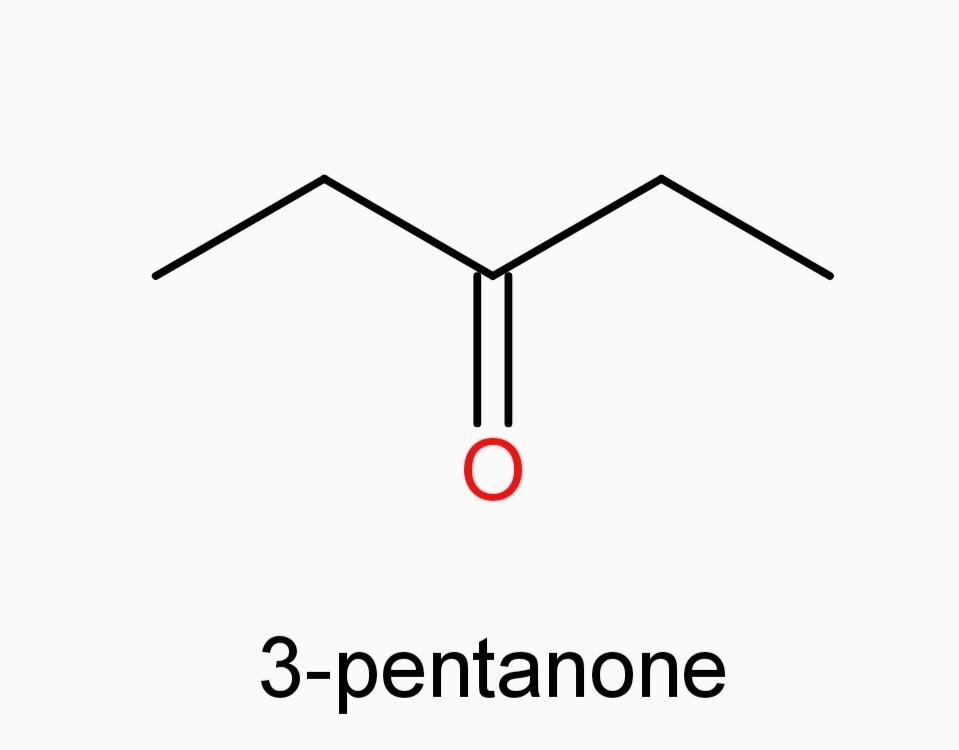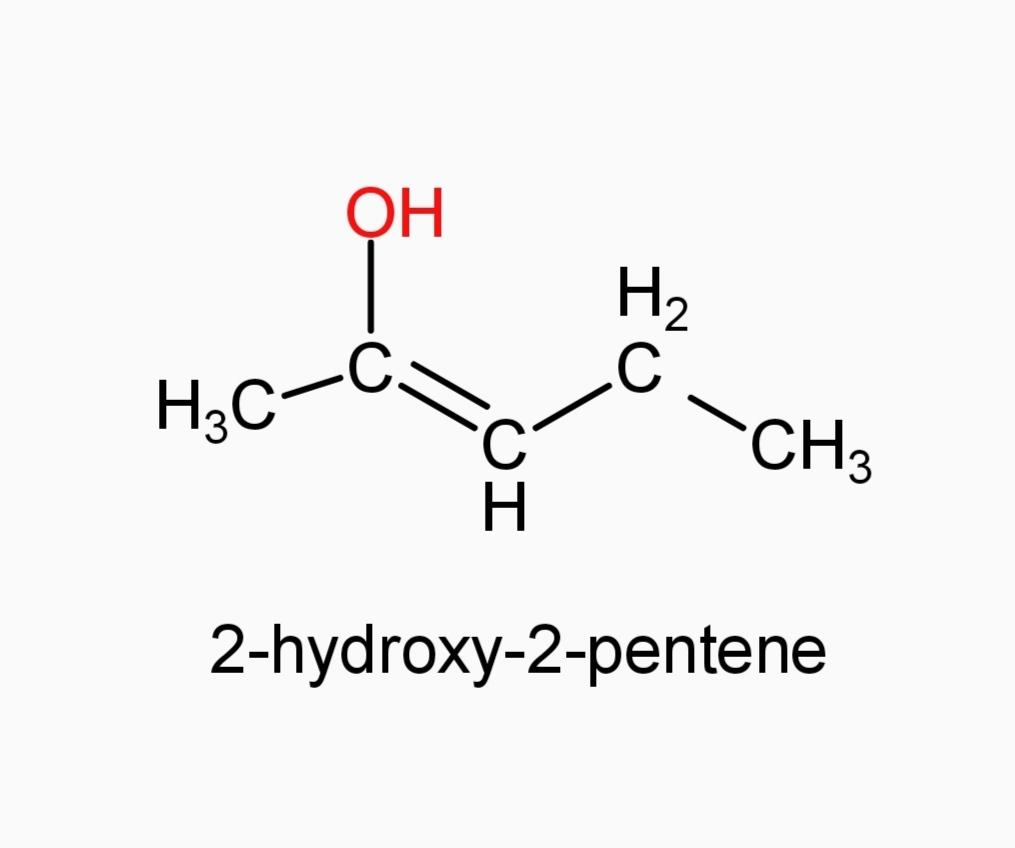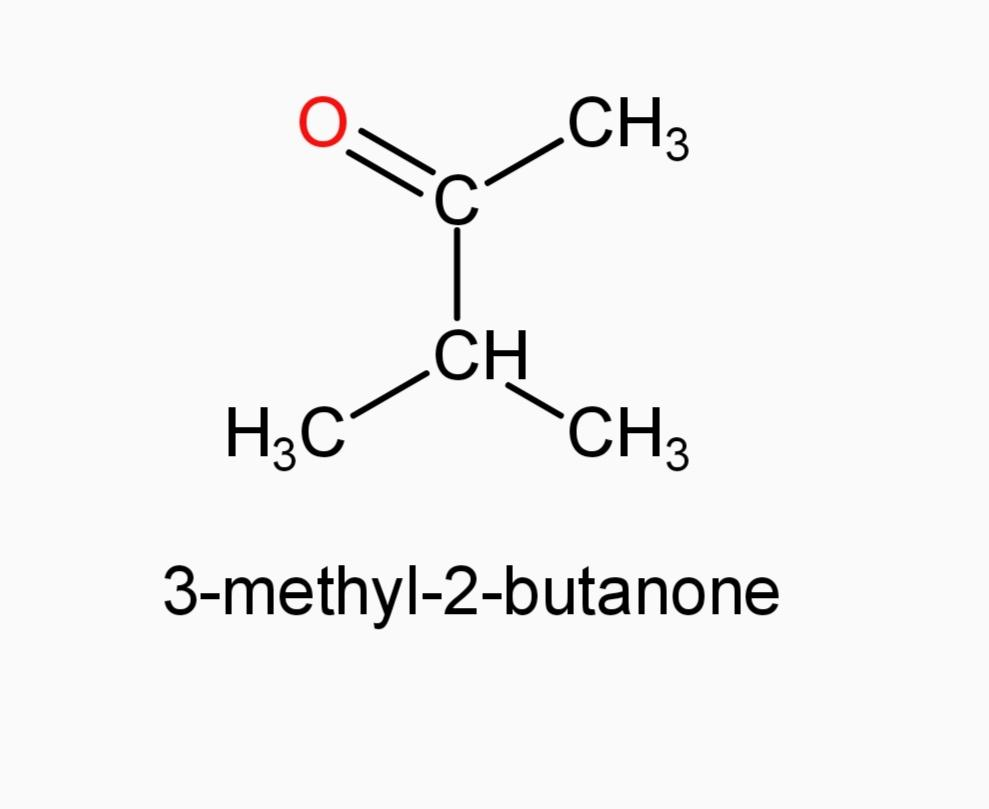
The compound of molecular formula ${ C }_{ 5 }{ H }_{ 10 }{ O }$(A) reacts with Tollen’s reagent to give a silver mirror but does not undergo aldol condensation. The compound A is :
A.)3-pentanone
B.)2,2-dimethyl propanal
C.)2-hydroxy-2-pentene
D.)3-methyl butanal
E.)3-methyl-2-butanone
Answer
585k+ views
Hint: A compound giving positive Tollens test implies that it's an aldehyde and if that compound does noy undergo aldol condensation means that the aldehyde is not having hydrogen at its $\alpha $ -position.
Complete answer:
As we mentioned in the hint, the compound giving positive Tollens test is an aldehyde. The aldehyde when introduced with Tollen’s reagent is getting oxidised into carboxylic acid.
Being a mild oxidising agent, Tollen’s reagent can’t oxidise ketone groups, so it can be used for distinguishing between aldehydes and ketones.
We can have a look at the structures of molecules in the given options.





And now Option (A) 3-pentanone and Option (E) 3-methyl-2-butanone, since they are ketones, they can’t be our answer.
Along with these, Option (C) is also not the answer, since 2-hydroxy-2-pentene is an alkene and not an alcohol.
Coming to the next part of the question, i.e, the aldol condensation.
Aldol condensation occurs in aldehydes having $\alpha $-hydrogen with a dilute base to give $\beta $-hydroxy aldehydes called aldols.
If this reaction occurs between two different carbonyl compounds it is called crossed aldol condensation.
So, if a compound is giving aldol condensation, then it should have an $\alpha $-hydrogen.
Considering the rest options, i.e, Option (B)2,2-dimethyl propanal
and Option (D)3-methyl butanal
By looking at the structure of both the compounds, we can find that in the case of 3-methyl butanal, $\alpha $-hydrogen is present and so it can undergo aldol condensation.
The compound 2,2-dimethyl propanal has no $\alpha $-hydrogen present in it and therefore, it cannot undergo aldol condensation, which is in agreement with our question.
So, the correct answer is “Option B”.
Note:
Tollen’s as well as Fehling's reagent are mild oxidising agents and can be used for distinguishing between aldehydes and ketones. Tollen’s test shows some exceptions in a way that it gives positive test for formic acid, chloroform, alpha hydroxy ketones and alkyl hydroxy amines and even acetylene.
Complete answer:
As we mentioned in the hint, the compound giving positive Tollens test is an aldehyde. The aldehyde when introduced with Tollen’s reagent is getting oxidised into carboxylic acid.
Being a mild oxidising agent, Tollen’s reagent can’t oxidise ketone groups, so it can be used for distinguishing between aldehydes and ketones.
We can have a look at the structures of molecules in the given options.





And now Option (A) 3-pentanone and Option (E) 3-methyl-2-butanone, since they are ketones, they can’t be our answer.
Along with these, Option (C) is also not the answer, since 2-hydroxy-2-pentene is an alkene and not an alcohol.
Coming to the next part of the question, i.e, the aldol condensation.
Aldol condensation occurs in aldehydes having $\alpha $-hydrogen with a dilute base to give $\beta $-hydroxy aldehydes called aldols.
If this reaction occurs between two different carbonyl compounds it is called crossed aldol condensation.
So, if a compound is giving aldol condensation, then it should have an $\alpha $-hydrogen.
Considering the rest options, i.e, Option (B)2,2-dimethyl propanal
and Option (D)3-methyl butanal
By looking at the structure of both the compounds, we can find that in the case of 3-methyl butanal, $\alpha $-hydrogen is present and so it can undergo aldol condensation.
The compound 2,2-dimethyl propanal has no $\alpha $-hydrogen present in it and therefore, it cannot undergo aldol condensation, which is in agreement with our question.
So, the correct answer is “Option B”.
Note:
Tollen’s as well as Fehling's reagent are mild oxidising agents and can be used for distinguishing between aldehydes and ketones. Tollen’s test shows some exceptions in a way that it gives positive test for formic acid, chloroform, alpha hydroxy ketones and alkyl hydroxy amines and even acetylene.
Recently Updated Pages
The number of solutions in x in 02pi for which sqrt class 12 maths CBSE

Write any two methods of preparation of phenol Give class 12 chemistry CBSE

Differentiate between action potential and resting class 12 biology CBSE

Two plane mirrors arranged at right angles to each class 12 physics CBSE

Which of the following molecules is are chiral A I class 12 chemistry CBSE

Name different types of neurons and give one function class 12 biology CBSE

Trending doubts
Which are the Top 10 Largest Countries of the World?

What are the major means of transport Explain each class 12 social science CBSE

Draw a labelled sketch of the human eye class 12 physics CBSE

Differentiate between insitu conservation and exsitu class 12 biology CBSE

State the principle of an ac generator and explain class 12 physics CBSE

Differentiate between homogeneous and heterogeneous class 12 chemistry CBSE




